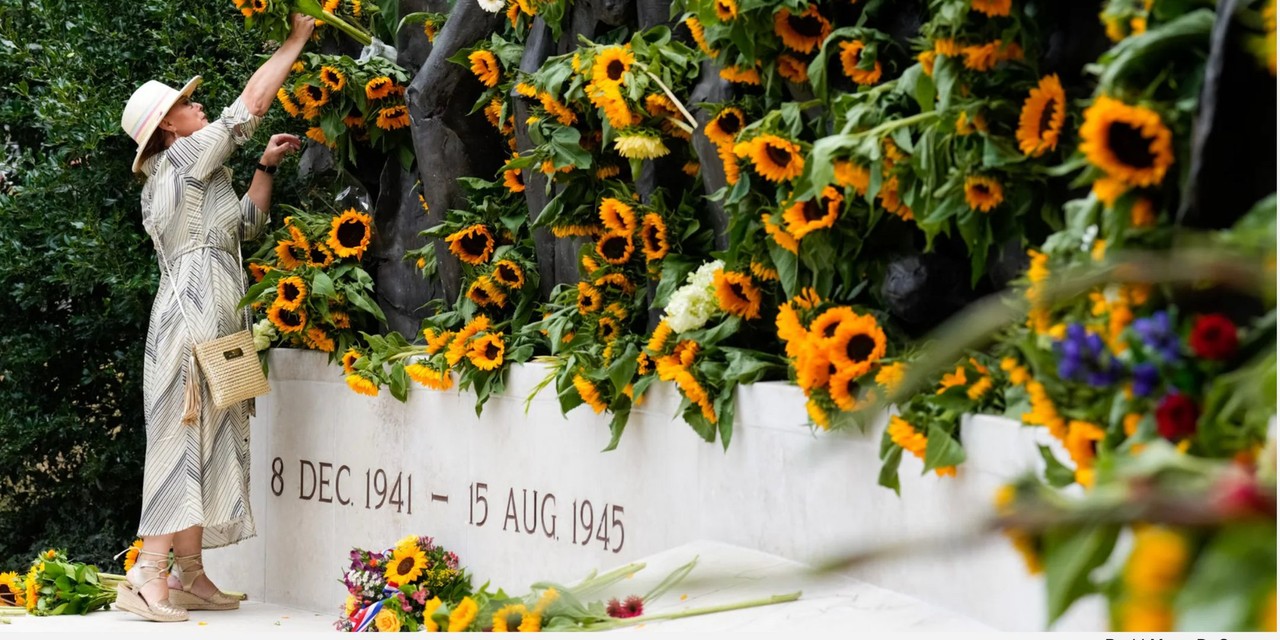In much of Europe, the end of the Second World War is commemorated in May. Yet for millions of people across Asia—including those in Indonesia/ former Dutch East Indies—the conflict, suffering, and hardship continued until Japan’s capitulation on 15 August 1945. In many countries, however, peace did not arrive with Japan’s surrender. Instead, the end of the war marked the beginning of a determined struggle for independence against former colonial powers seeking to restore their control. This moment in history is a powerful reminder that the war’s end did not arrive at the same time - or in the same way - for everyone. By sharing this article from the National Committee for 4 and 5 May, we aim to highlight one of those many stories: the experiences of people in the Dutch East Indies during and after the war, and the importance of remembering that “liberation” was a complex process with lasting consequences. As we mark 15 August, we invite readers to reflect on how freedom is experienced, passed on, and remembered, not only in Europe, but in every place touched by the war.
On 5 May, the Netherlands marked 80 years since liberation, but that was not the end of the story. For the entire Kingdom of the Netherlands, freedom did not begin on 5 May. It came later, on 15 August 1945.
From 5 May to August 15
During the Second World War, Japan, an ally of Nazi Germany, occupied the former Dutch East Indies (Indonesia). The European community was separated from the Asian population and imprisoned as prisoners of war or in civilian internment camps. Millions of Indonesian men, along with Dutch and Allied prisoners of war, were forcibly put to work—for example, on the Burma Railway. Many lost their lives, and millions of others endured the consequences of hunger, violence, humiliation, and terror.
On 15 August 1945, shortly after the bombings of Hiroshima and Nagasaki, Japan capitulated. This marked the official end of the Second World War, even though it did not bring peace for all. Two days later, on 17 August 1945, Sukarno and Hatta declared Indonesia’s independence. What followed was a period in which the Netherlands attempted to reverse Indonesia’s independence through the mobilisation of military troops and the use of great violence. Under international pressure, they withdrew, and in December 1949 the Netherlands recognised Indonesia’s independence.
From that point, many residents chose to relocate to the Netherlands, creating an active community of Indo-Dutch, Moluccans, Papuans, Peranakan Chinese, and many other indigenous groups from modern Indonesia.
This group of people shared the same history: the loss of their motherland, the experience of the war in Asia, the impact of extensive displacement, and the cold welcome they encountered in the Netherlands. These experiences lived on in the generations that followed. Even 80 years later, the scars of the Second World War remained visible among this group of Dutch citizens—both in the families who lost loved ones in the violence, and on a broader scale, in the way the war continued to shape perspectives on the world.
How young people keep the Indies heritage alive
Who was born in the Netherlands after the war know freedom as a given fact. But in Indo families, another history lives on. From occupation, to repatriation and years and years of silence.
Many of those who experienced this are no longer with us, but their stories should live on. Like Maddy Batelaan (then 17 y/o) said at the Indies Monument: “Trust us with your story, we will carry it along.” Maddy is a member of Jong 1508, a young people’s initiative that organises the Indies Generation Tables, where young and old come together to talk about trauma, but also about traditions and memories that were never written down.
That’s how Maddy and many other young people keep the past alive. Because freedom is not something you only receive, you also pass it on.
